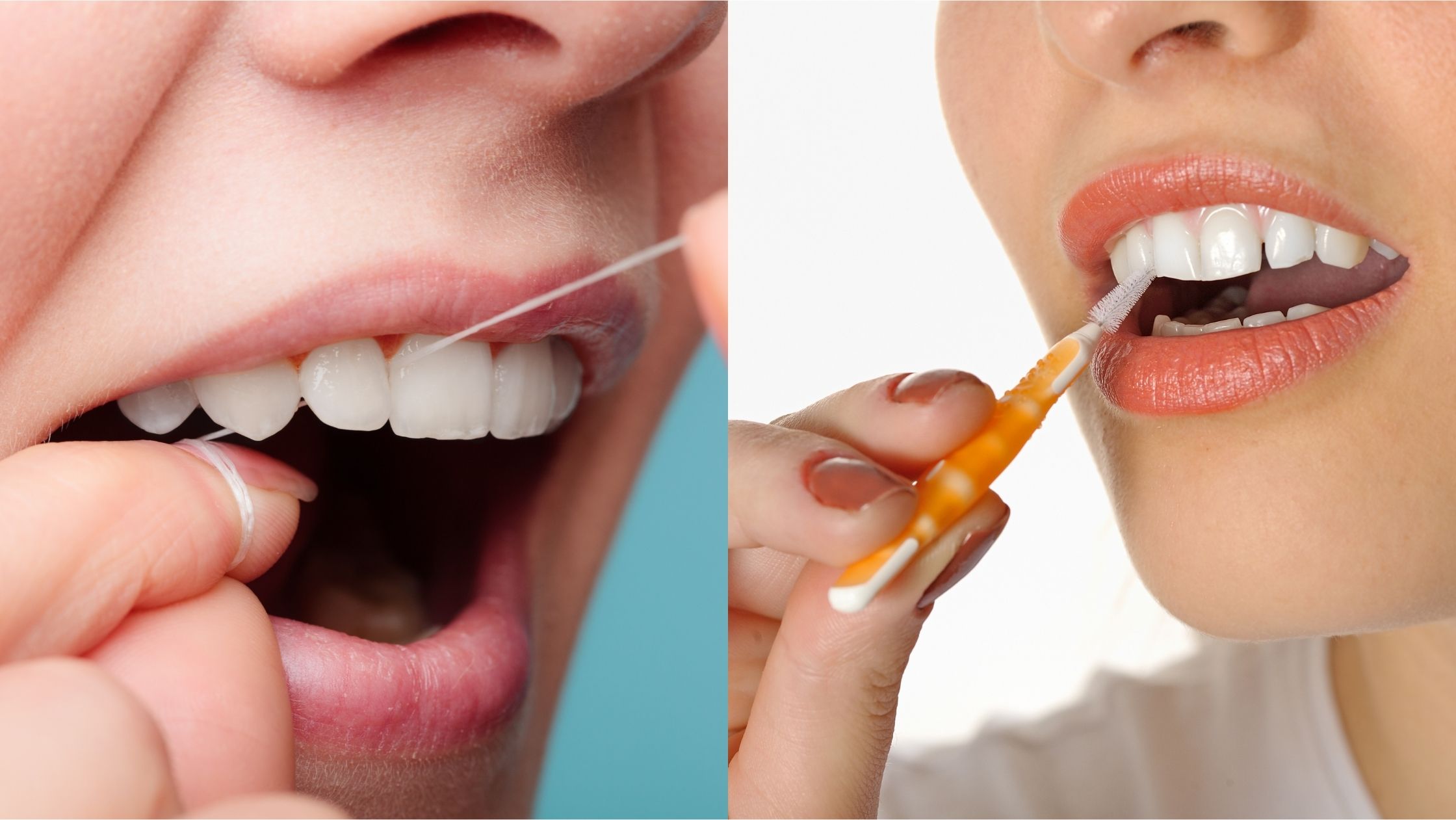
Ever stood in front of the mirror, toothbrush in one hand, floss in the other, wondering which one to use first? You’re not alone. It’s a small moment in a daily routine, yet dentists still debate it. And no, it’s not just about preference. The sequence actually matters—especially if you care about gum health and not just fresh breath.
As the editor team at periodontist.ae, we’ve combed through studies, spoken to specialists in Turkey and the UAE, and added our own dental chair experience to bring you this thorough, human-centered guide.
Why the Order Matters More Than You Think
Most people brush their teeth first. It’s fast. It feels clean. And frankly, flossing after feels like overkill. But here’s the kicker: brushing first might not be doing what you think.
Your toothbrush can’t reach between teeth. It’s like trying to clean between couch cushions with a broom. So, if you brush first, you’re only clearing the surface. When you floss after, you may remove plaque, but fluoride from the toothpaste won’t coat those now-clean surfaces.
Flossing first changes that. You remove debris first, then brush, so the toothpaste can actually get into the gaps. It’s like dusting before mopping—you prep the space for deeper cleaning.
And studies back it up. A 2018 clinical trial found that flossing before brushing reduced plaque by 20% more than brushing first. That’s not small potatoes. That’s years off your dental bills.
What Do Dentists in Turkey Recommend?
Dentists across Istanbul, Ankara, and İzmir echo the same sentiment: floss first. Not because it’s trendy, but because gum disease is rampant. The Turkish Dental Association notes that periodontal disease affects 80% of adults over 35 in Turkey. That’s massive.
Dr. Melis Öztürk, a periodontist in Nişantaşı, shared this: “Patients who floss first tend to have healthier gums and fewer interdental cavities. The brushing technique improves because flossing first makes them more aware of plaque.”
Many Turkish clinics also use TSE-approved hygiene guidelines. These suggest a 2-minute brushing routine with pre-brush flossing as ideal, especially for patients with bridgework or implants.
What About Mouthwash—Where Does That Fit In?
Great question. This one throws people off all the time. Mouthwash should come after everything else. Think of it like locking the door after you clean the house.
First, you clear debris with floss. Then, you brush to polish and apply fluoride. Finally, you rinse with mouthwash to kill residual bacteria and seal the deal.
One little note though—don’t rinse your mouth with water after brushing if you want fluoride to stay active. A quick spit and you’re done. Then go in with mouthwash about 30 minutes later if you prefer.
Practical Tips for Getting the Routine Right
Let’s face it. Flossing feels like a chore. So here are some tricks that patients and professionals use to make it stick:
Keep floss next to your toothbrush. Out of sight, out of mind.
Use pre-threaded flossers if you struggle with the string.
Set a timer. Two minutes of brushing, one minute of flossing. That’s your three-minute gift to your future self.
If you wear braces or implants, consider interdental brushes. They work better in tight spaces.
And remember, bleeding gums are not normal. If flossing hurts or causes bleeding, that’s your gums crying out for help. They’re inflamed. And the only way back is through consistency.
How It Affects Your Wallet in the Long Run
Let’s talk money. Because oral care isn’t cheap.
A basic scaling session in Turkey ranges from ₺800 to ₺2,000. A root canal? Try ₺2,500 to ₺4,000, depending on the clinic. And don’t even ask about implants—they start at ₺12,000 per tooth.
Now imagine flossing daily cuts your risk of needing any of those by 50%. That’s not an exaggeration. A 2020 Turkish public health report showed a direct correlation between flossing and reduced dental expenses over five years.
So really, flossing first isn’t just good for your gums—it’s good for your wallet.
Why Most People Still Don’t Do It Right
The main reason? Habit. Brushing feels natural. Flossing doesn’t. Many people think brushing harder or longer makes up for skipping floss. But it doesn’t.
Also, let’s be honest—there’s no immediate reward. Your breath might smell fine. Your smile might look okay. But deep inside the gum line? Plaque is silently building, prepping for war.
As editors at periodontist.ae, we see the long-term effects daily. Patients come in with beautiful smiles but severe gum loss. The culprit? Years of skipped flossing.
A Culture Shift Is Happening
In cities like Dubai, Abu Dhabi, and even coastal areas of Turkey, more young adults are taking gum health seriously. Social media plays a role, yes. But so do insurance policies that now reward preventive care.
Several UAE-based insurers now offer discounted premiums for patients with good dental compliance. And yes, they ask for dentist reports. The same shift is slowly spreading in Turkey, with private clinics offering loyalty discounts.
So, Which Comes First?
Floss. Then brush. Then rinse, if you like.
That’s the sequence. It’s not about perfection—it’s about protection. Each step builds on the last. Skipping or rearranging them isn’t just inefficient. It’s expensive.
And once you make flossing-first a habit, it won’t feel weird anymore. It’ll feel like the grown-up version of self-care.
